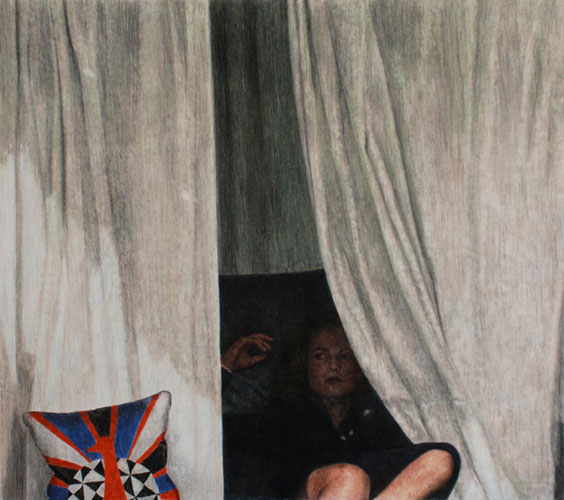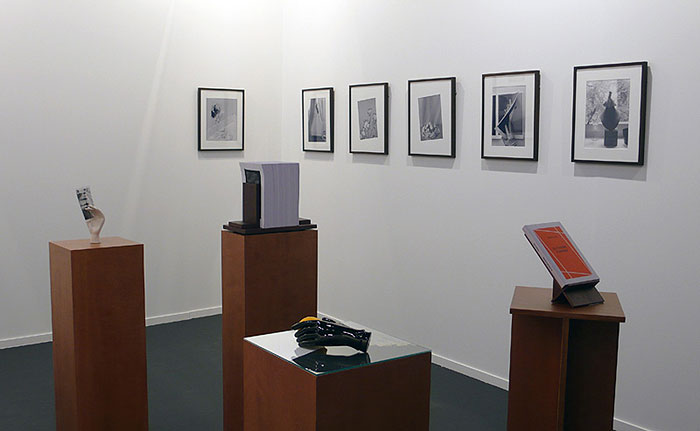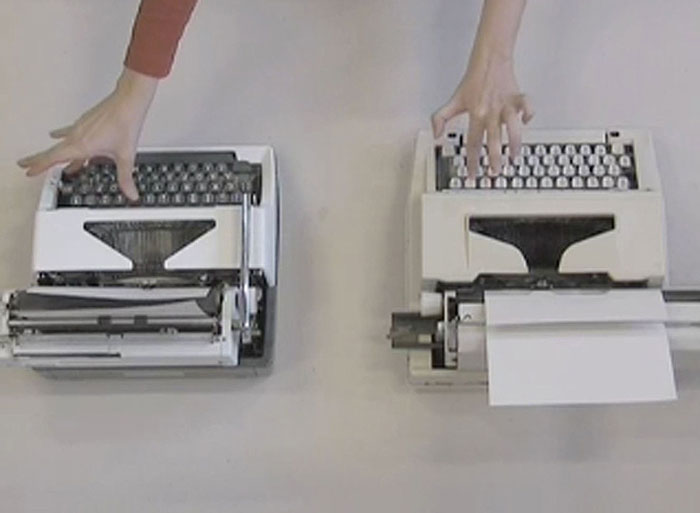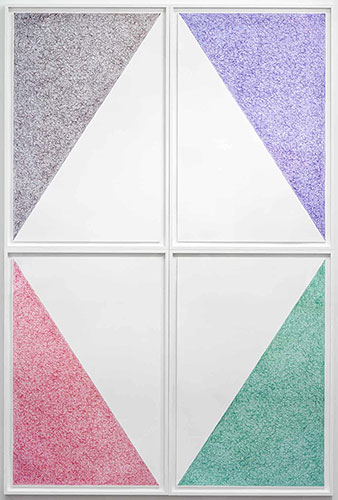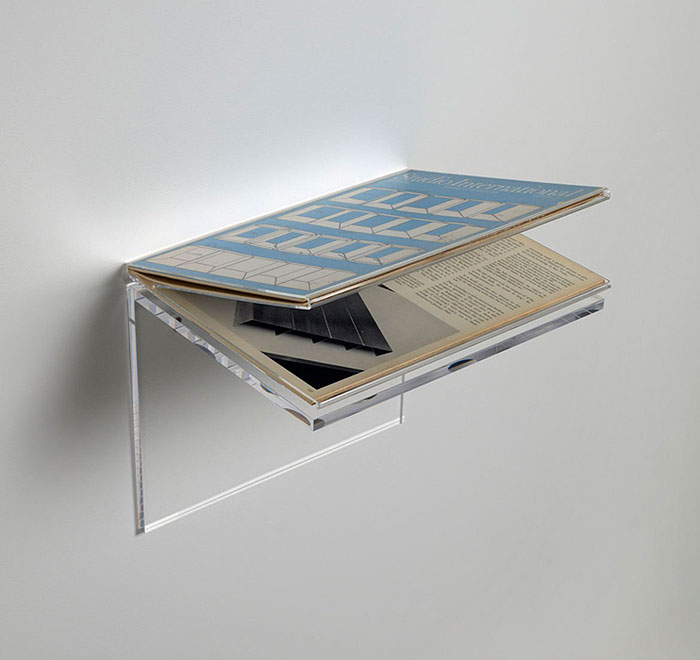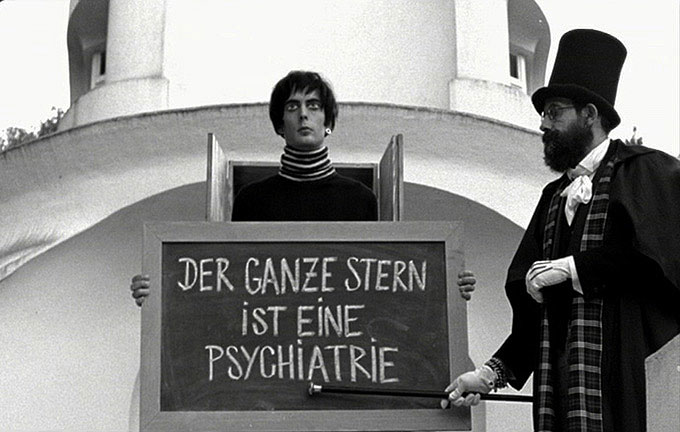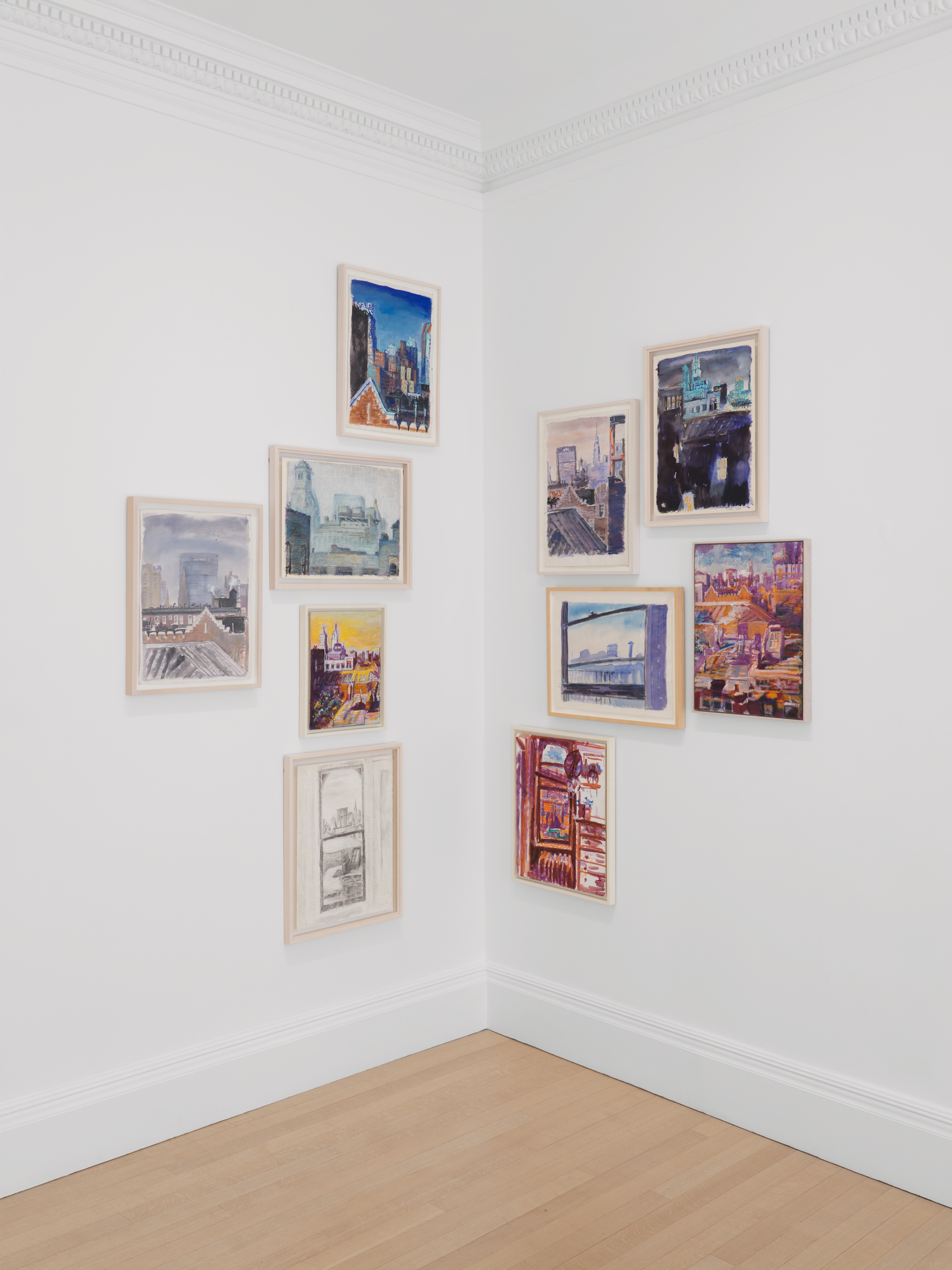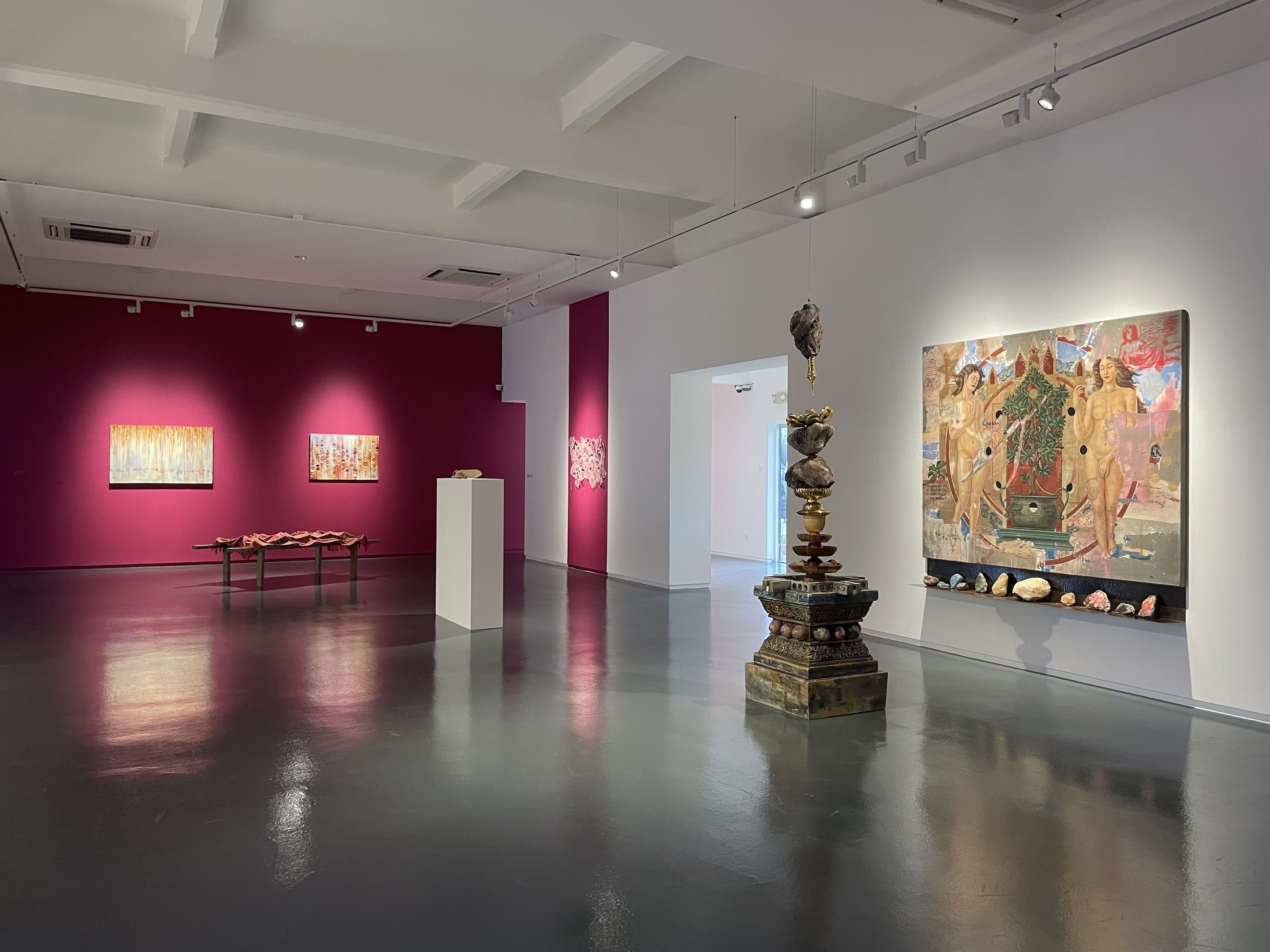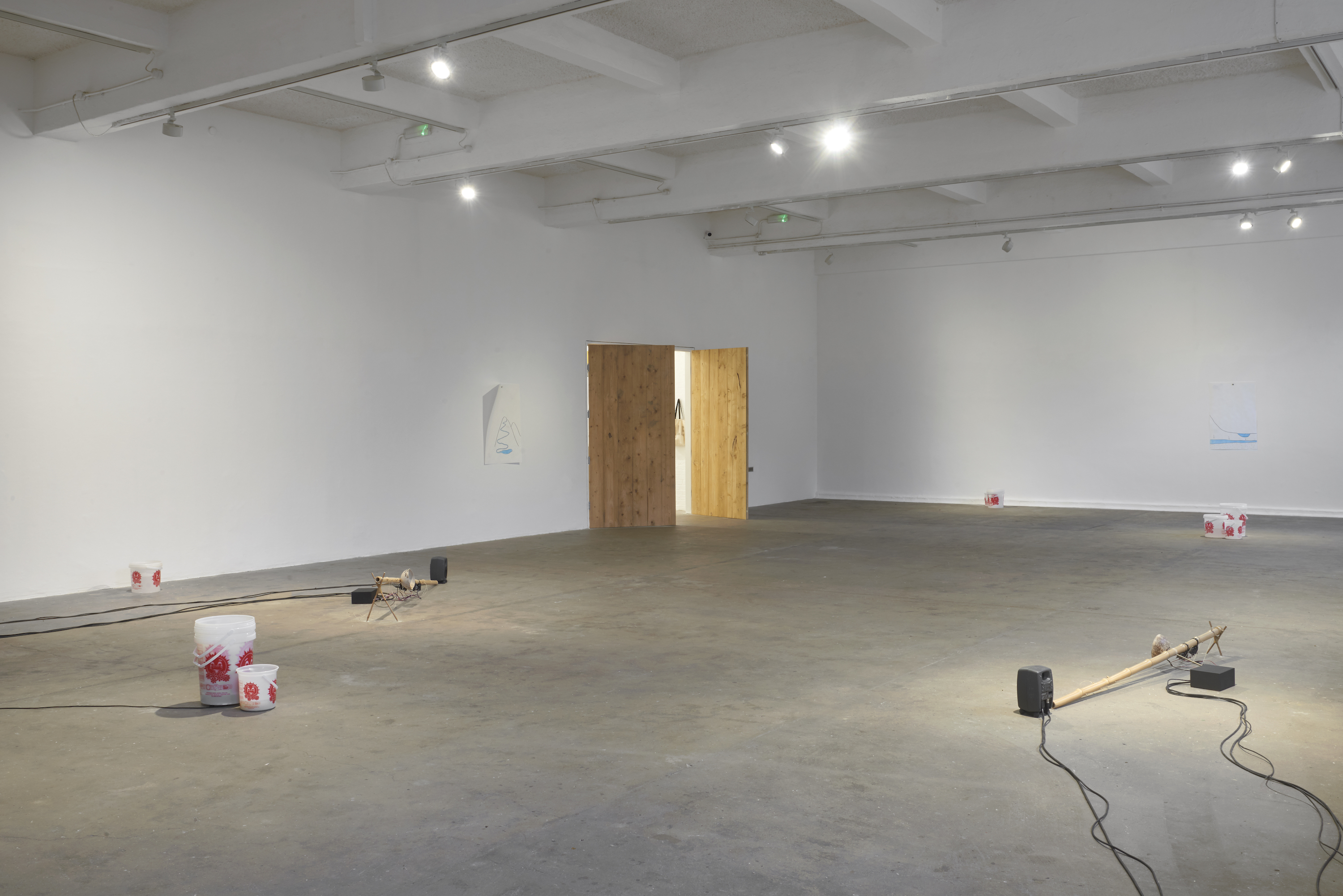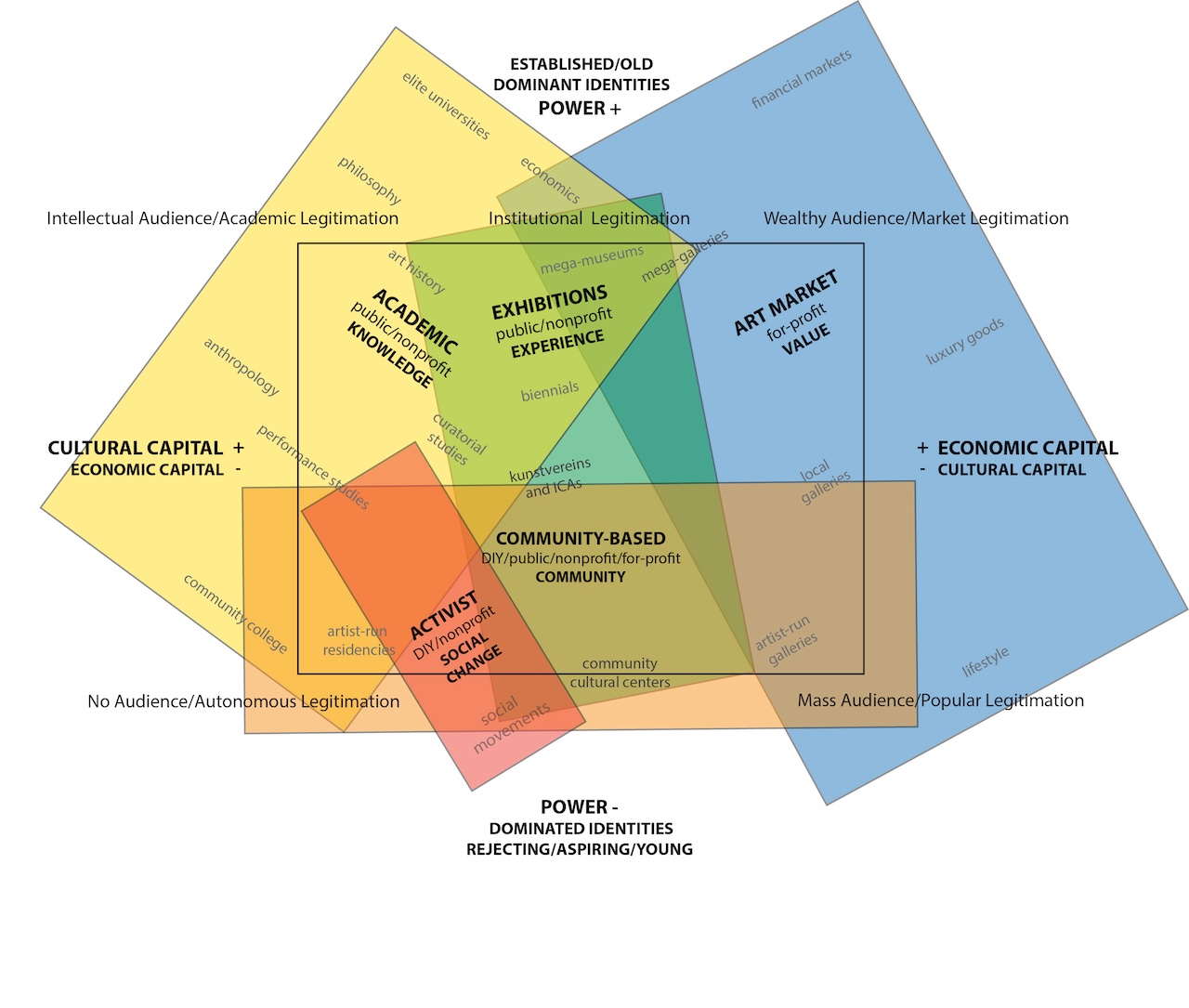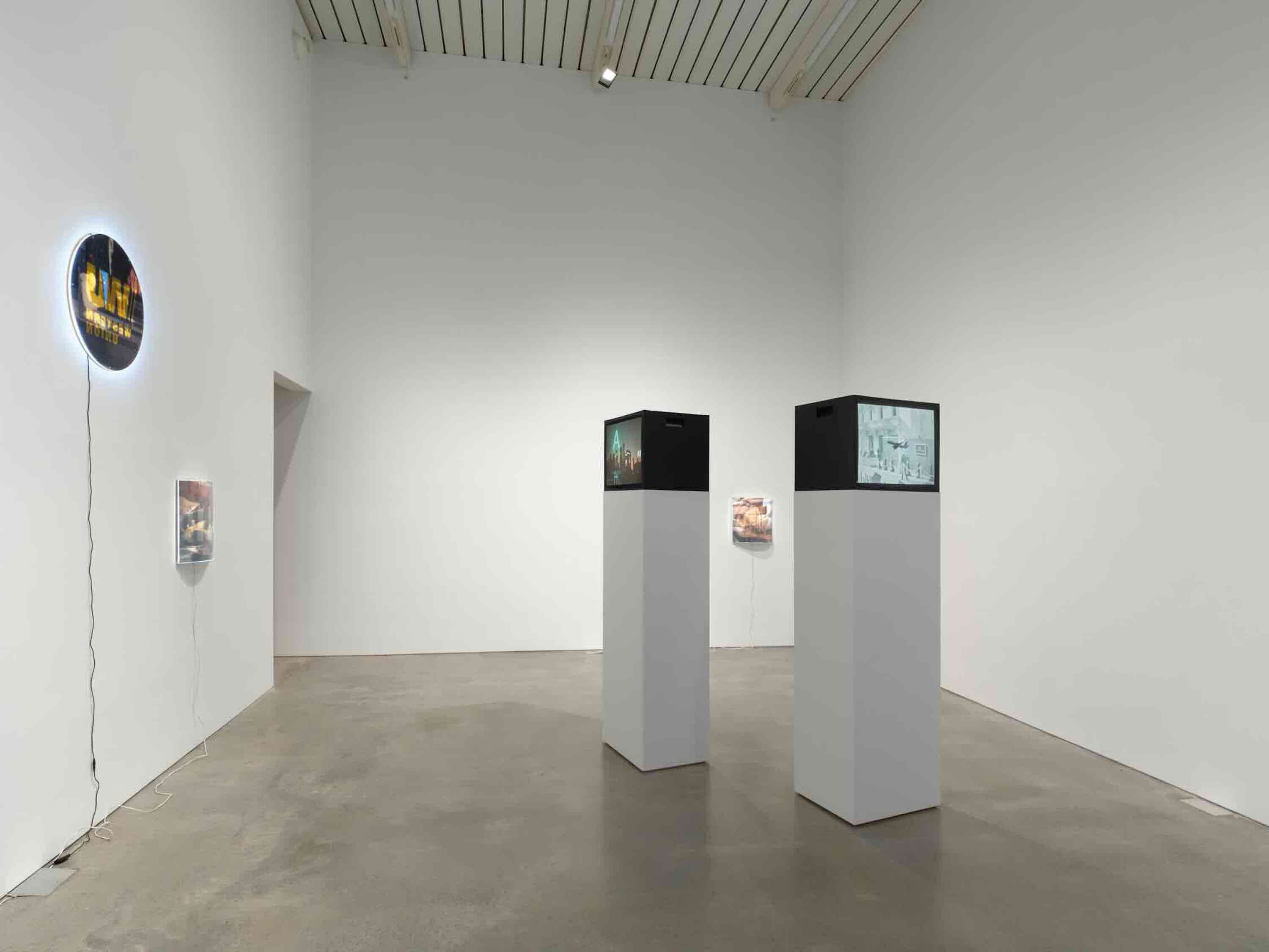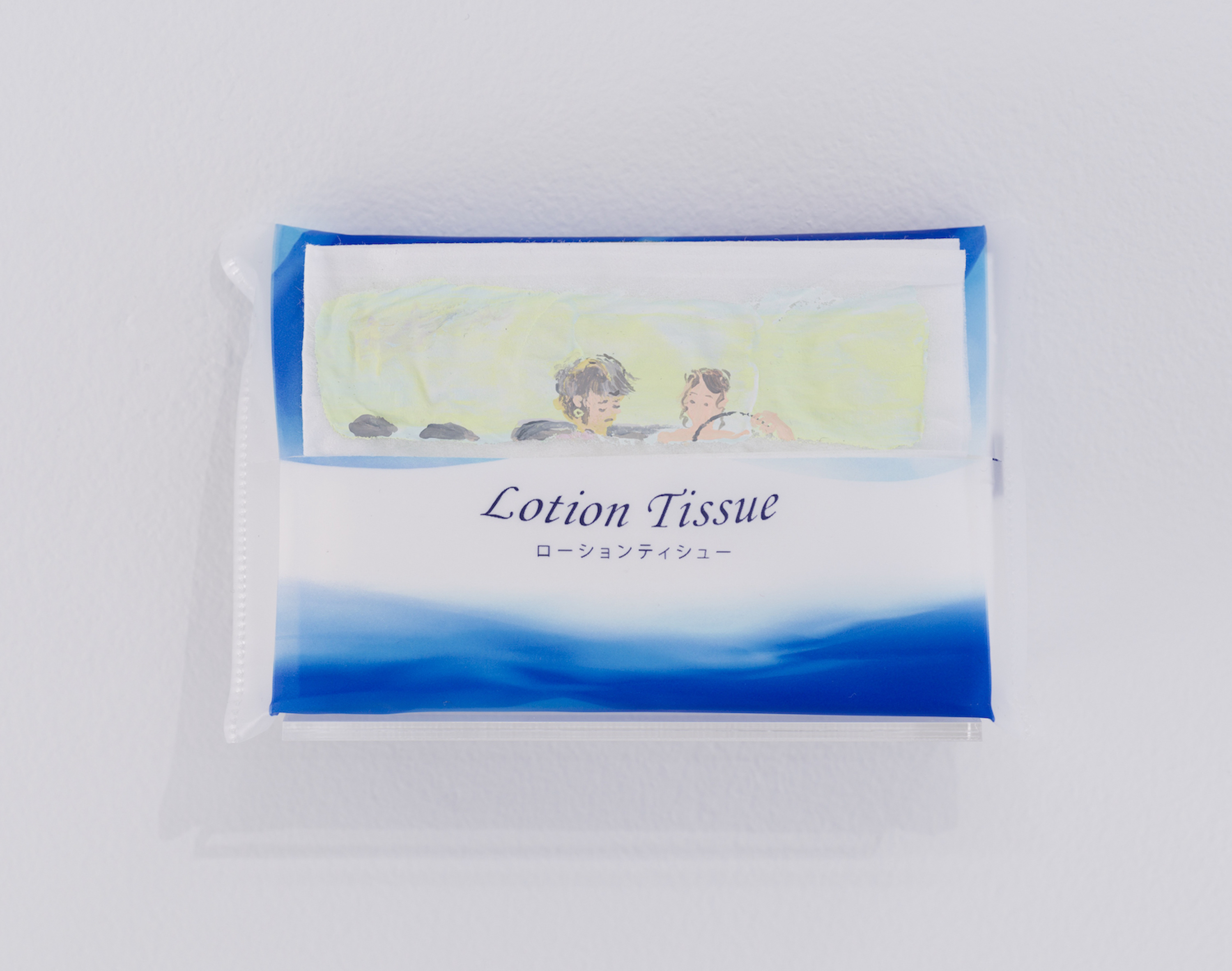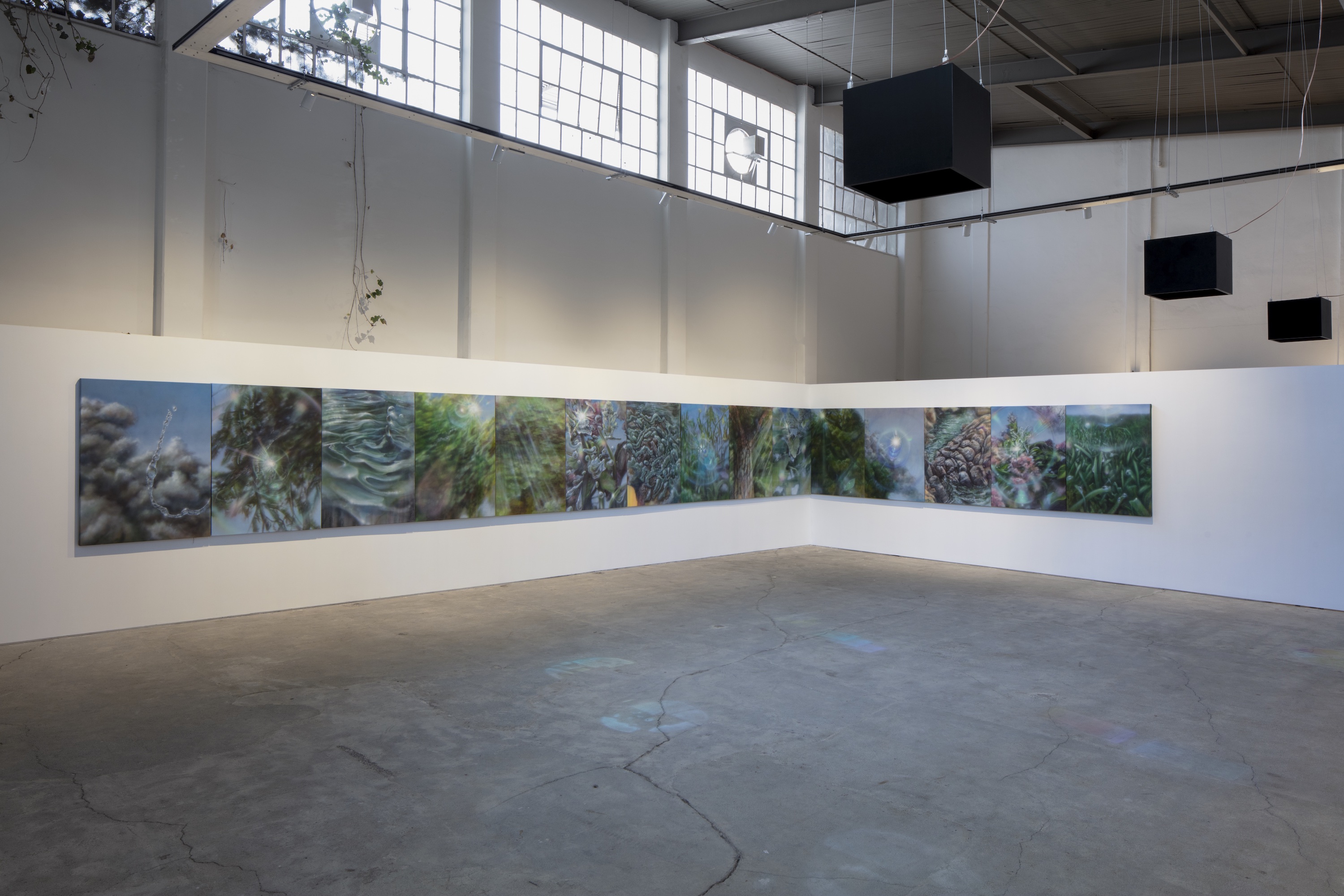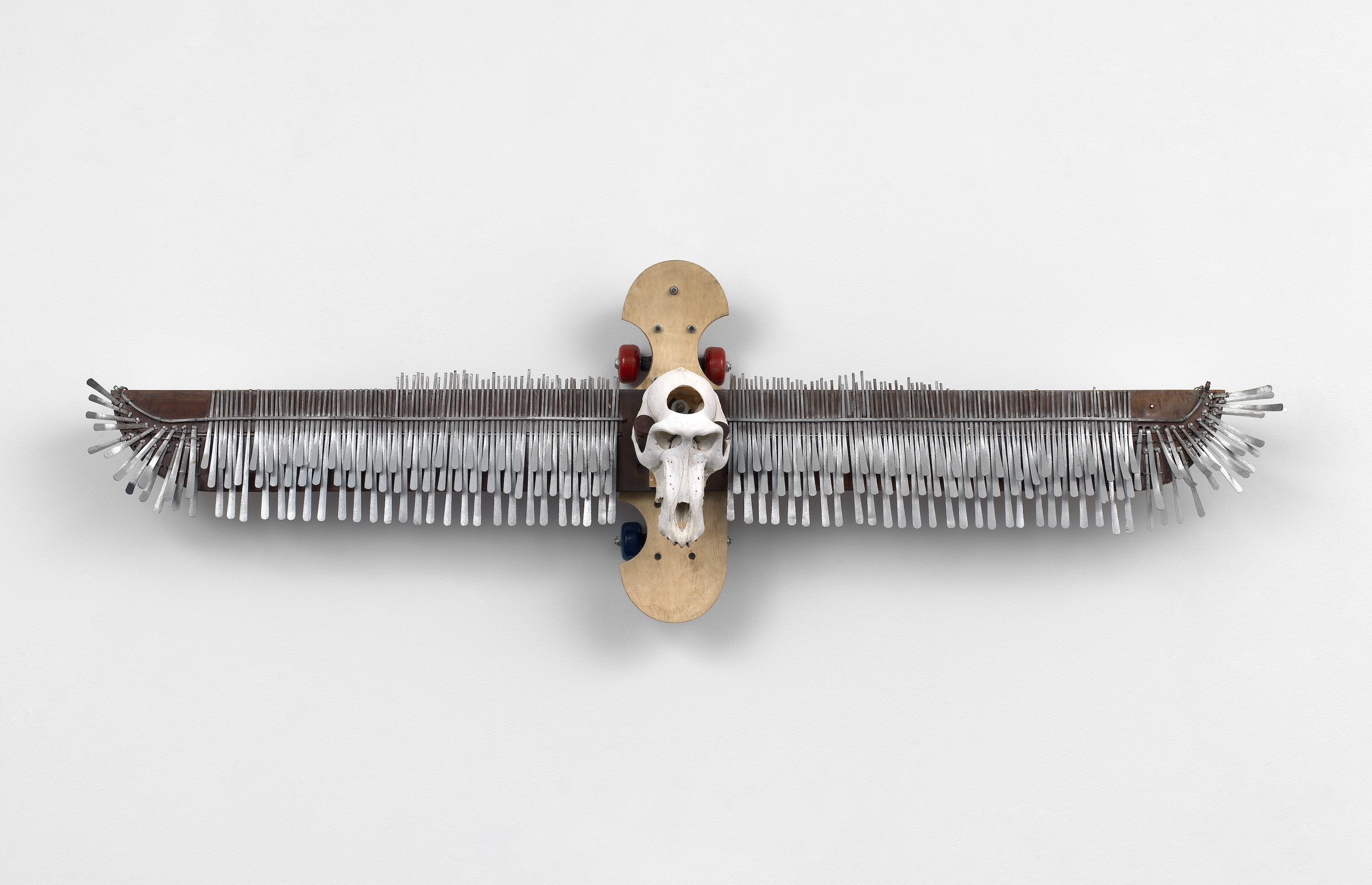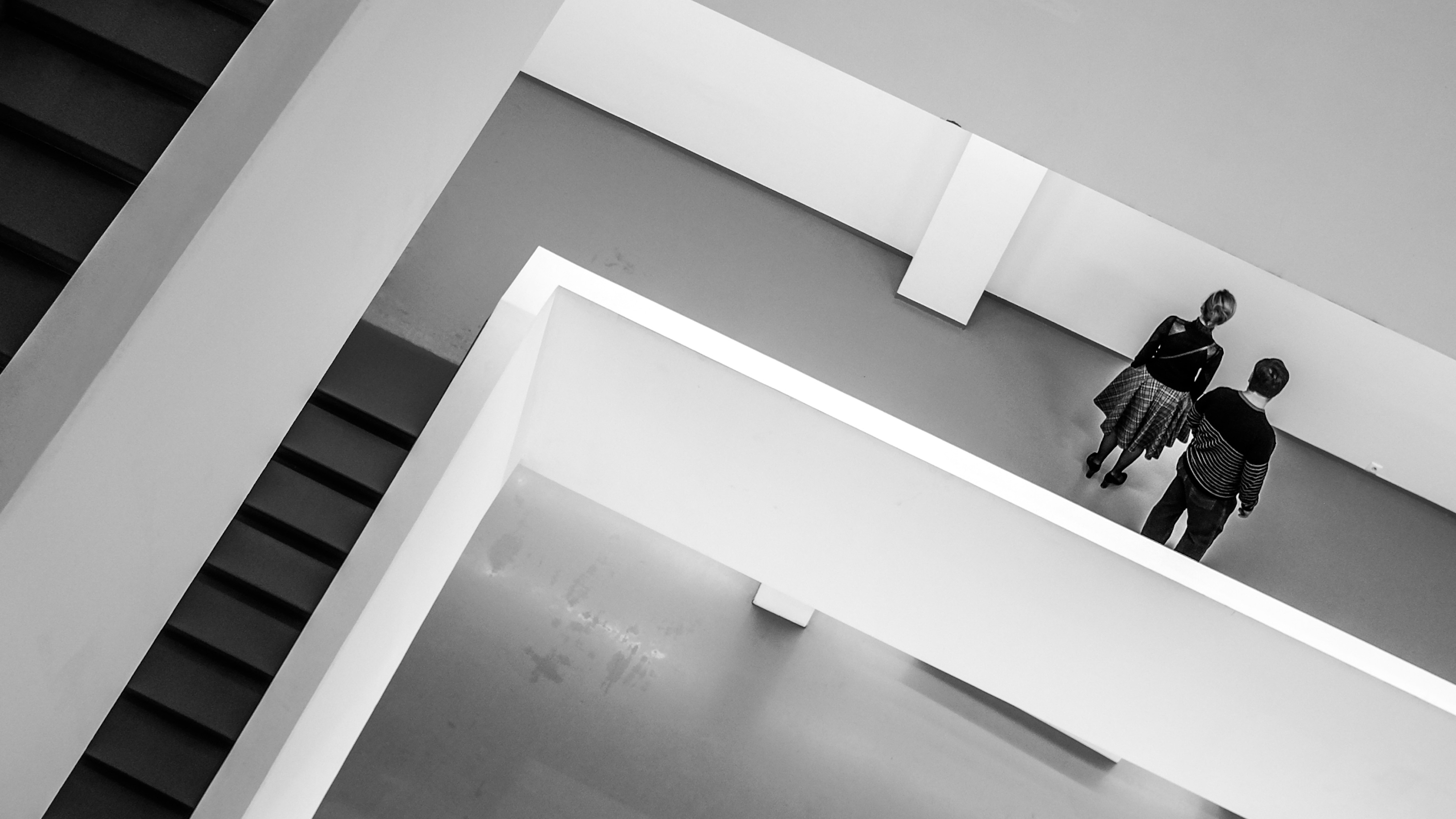February 15–19, 2012
This year's edition of ARCOmadrid Art Fair was having none of the doom and gloom that usually accompany the fair. The Spanish art scene has tended to berate its most important and oldest art fair, a feeling which intensified when it was subject to management disagreements and ensuing conflicts with the galleries a couple of years ago. But the new team has honed an edition this year that people felt optimistic about. Whether in the national press or at the parties and events that heralded the fair's openings, the mood was cautious but bright, even after ten hours of parading on a gray carpet and enduring the neon lights.
As I walked into the fair on a cold and sunny Wednesday morning, I was instantly reminded, with a sense of dread, of its colossal size. Inhaling deeply, map in hand, I headed directly to the Opening section on Hall 10, featuring twenty-five young galleries from all over Europe, carefully handpicked by Manuel Segade. The independent curator expressed his interest in showing underrepresented scenes, hence the inclusion of Eastern Europe's gem Plan B and Ivan Gallery from Bucharest, or the Oslo-based gallery Imo. One pleasant surprise was the discovery of Figge von Rosen, a gallery based in Berlin. Caligari and the Sleepwalker (2008), a video projection by Venezuelan artist Javier Téllez anchored me there for the entire duration of the work: 27 minutes. Nearby, Tanya Leighton shed light on the intriguing collaboration between Dan Rees and David Keating. Titled Chuzpah (all works 2011), it featured monochrome canvases on which pairs of the traditional Iberian peasant shoes known as "alpargatas" (or "espadrilles" in French) were fixed. A precarious metal shelf on the floor displayed pottery sculptures with what looked like clay balloons coming out of them, all in beautiful earthy colors. Like a post-Povera take on Mediterranean culture, it was a collaboration that showed an appealing new side of Rees's work to me. But what's "chutzpah" about this restrained and sensuous combination of colors and materials? Wondering, I moved on, catching a glimpse of Iris Van Dongen's addictive pastel and charcoal drawings that blend the aesthetics of fashion and gothic imagery, of the pre-Raphaelite with metal rock, hanging at Luis Adelantado.
On my way to Hall 8, I bumped into yet another section called Solo Projects, where twenty-three galleries from Latin America have been invited to do solo presentations. The Argentinean artist Cecilia Szalkowicz's delicate installation has occupied the stand of Galeria Alberto Sendrós with a modernist feel, whose different elements intermingle and pose questions about representation, the original and the copy.
Every year a guest country is invited to ARCOmadrid and a gallery selection representing its national scene is made. This year fourteen top Dutch galleries curated by Xander Karskens were scattered all over the fair. Fons Welters showed Renzo Martens's Enjoy Poverty (2009), a feature-length film that many have a strange love-hate relationship with. When I first saw it as part of the 2010 Berlin Biennale I was quick to berate Martens's Herzogian and egomaniac self-portrait of the artist as politically and morally engaged actor. Two years later, I am no longer sure I fully understand Martens's moral stance towards this piece, nor mine. Ellen de Bruijne Projects was also part of this Focus section, with a wonderful presentation of Falke Pisano and the Spanish-born Amsterdam-based Lara Almárcegui. But it was the work of Dina Danish at Jeanine Hofland's stand that provided a much-needed comic relief: Type Sonata (2011) is a video where two hands play the keys of two typewriters creating a monotone tune about the absurdity or failure that can undermine (or revitalize?) the artistic gesture.
It seemed that this year's ARCOmadrid was markedly more international, but two Spanish galleries stood out for me in the general section. Nogueras Blanchard showed a relevant roster of young Spanish artists, with works by Rubén Grilo, Fran Meana and Ignacio Uriarte, whose artistic practice-as-office-routine breeds delightful monochromes manically executed with biro pens and other kinds of office paraphernalia. At the stand of Elba Benítez an exciting meeting of generations was taking place. The performative exploration of the body in space undertaken by Catalan artist Francesc Torres in the 70s (Descriptive Analysis of the Three Dimensions. Three Points of View, 1973) shared space with a recent project by Joachim Koester or Fernanda Fragateiro's astute See Part 2. I've had enough of this, Don Judd, "Complaints part1" in Studio International, p.182-185 (2012), which objectifies the historical magazine duel between Donald Judd and the writer of the essay "Art and Objecthood," Michel Fried.
But in general, it seemed as if the Dutch had invaded the entirety of Madrid. At dusk I crossed the city towards La Casa Encendida, where a Dutch-themed group show opened recently. Curated by the art critic Javier Hontoria, "A Dutch Landscape" gathers twelve artists, drawing parallels between seminal figures like Bas Jan Ader or Jan Dibbets with members of the younger generation, including Gwenneth Boelens, Feiko Beckers, Martin in 't Veld and Navid Nuur. I walked around the show in sheer delight. Needless to say, there weren't any landscapes there but an overarching and very Dutch exploration of the small gesture, slapstick, and futility that seems to resonate strongly with the current climate of culture cuts that have abounded both in The Netherlands and Spain during the past year. Or at least that's the way I read it in my exhausted daze….
Navid Nuur is indeed having a field day this week, not only at the fair and at La Casa Encendida but also because of his first solo show in Spain at the nearby Matadero (Spanish for "slaughterhouse," which it was until the 80s). Since it opens until 11pm, I fittingly dragged my body to the slaughterhouse to see the exhibition of the Tehran-born, Hague-based Nuur. Fourteen pieces were gathered under the title "Hocus Focus," tackling an alchemy whereby pedestrian material is transformed into art, and in which light plays a predominant role. Favorites here include Ours (2012) a large-scale slide projection of a dried tear, whose components form the most incredible floral shapes, looking like a flowery snow flake under the microscope; or The Eyecodec of the Monochrome (2012), in which a simple reflective sheet, made with the same material as traffic signs, illuminates brightly like a low-cost Olafur Eliasson when reaching a point in the exhibition space next to a tiny spotlight pointed at it. Making a mental note to visit the new Hans Haacke retrospective at Museo Reina Sofía first thing the following morning, I set off for home, avoiding Madrid's infamous nightlife, which I can hear thriving not too far away.
